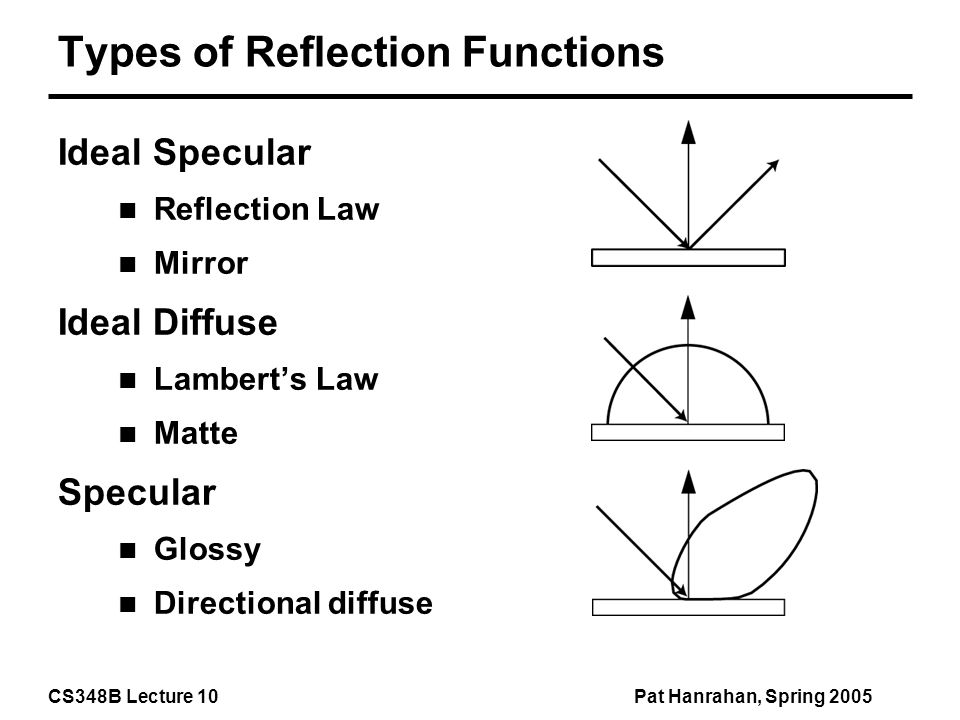Genzod
Banned
- Joined
- Apr 25, 2017
- Messages
- 392
Re: Phosphor conversion of photons in LEDs
Thanks, Driver. I got a reply from him today. He used a chemical dedome with no sealer. That means the index of refraction is 1.0 and 1.8 and the critical angle is 34 degrees. Since the difference between the virtual critical angle of 48 (that yields 55% efficiency in lumen gain) and the actual critical angle is 14 degrees, I think it implies the exposed phosphor is rough, changing incident angles of photon impacts and facilitating better absorption to capture more of the reflected light.
I know him personally. He used a cool-white XP-G2 and de-domed it using the classic way (imersion in nitro paint thinner or similar). This removes the silicone lens on top of the LED, but does not (to my knowledge) alter the silicon-phosphor-mix underneath. But you can ask him yourself, he is also a member here on the forum.
Thanks, Driver. I got a reply from him today. He used a chemical dedome with no sealer. That means the index of refraction is 1.0 and 1.8 and the critical angle is 34 degrees. Since the difference between the virtual critical angle of 48 (that yields 55% efficiency in lumen gain) and the actual critical angle is 14 degrees, I think it implies the exposed phosphor is rough, changing incident angles of photon impacts and facilitating better absorption to capture more of the reflected light.
Last edited:



